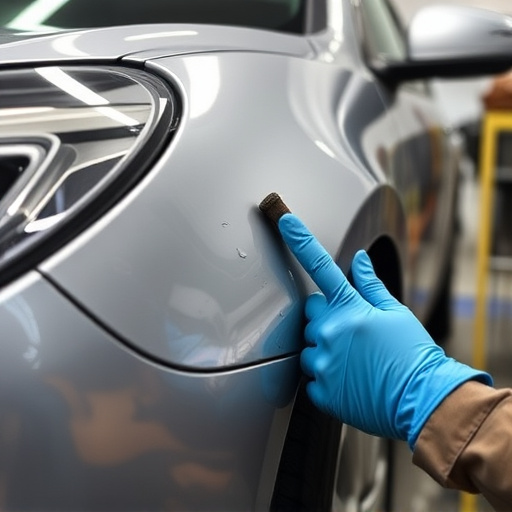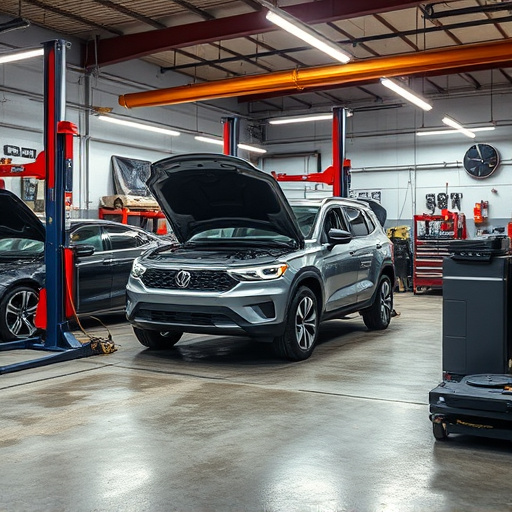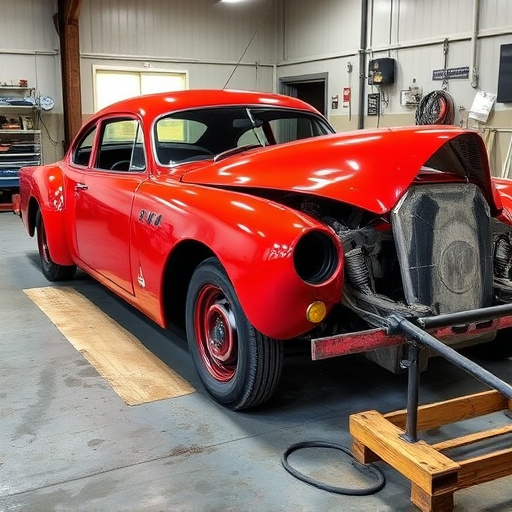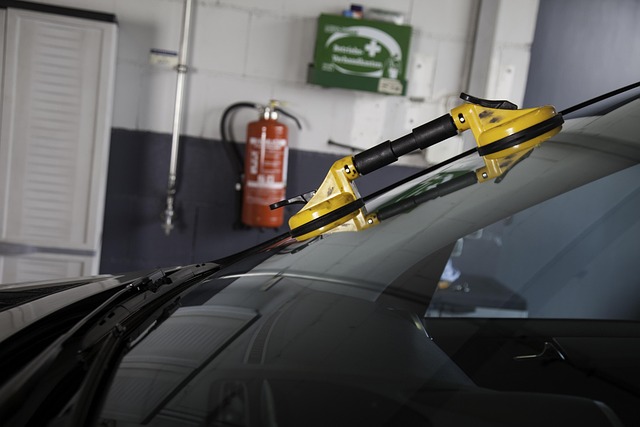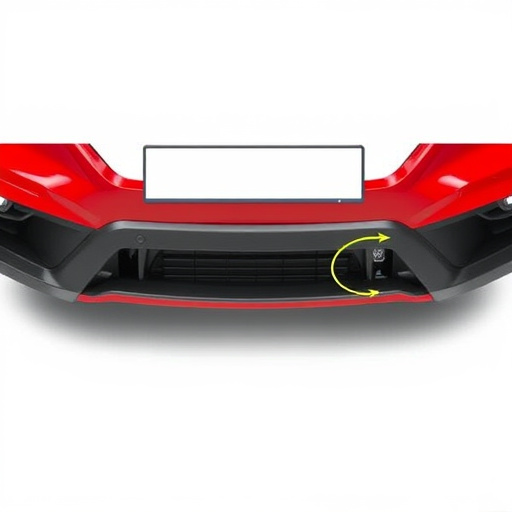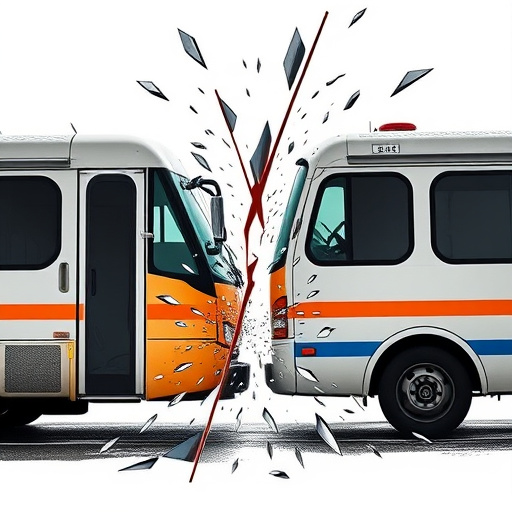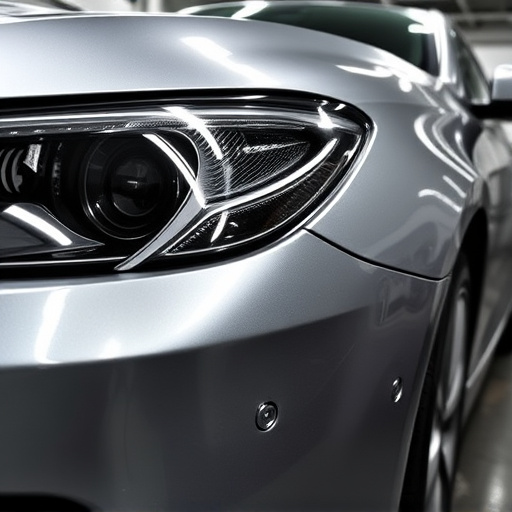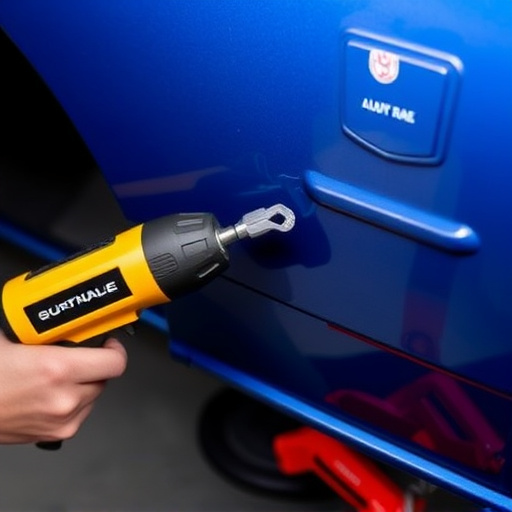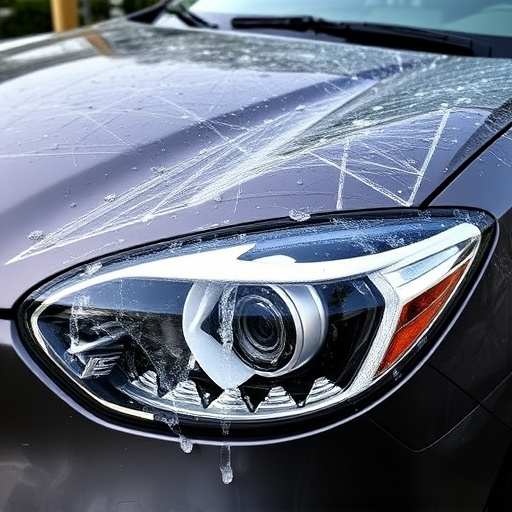Tesla Drive Unit inspections post-repair are vital for ensuring optimal performance, safety, and driving experience. This detailed process includes hardware integrity checks, software updates verification, and advanced diagnostic tests for ADAS and autonomous driving systems. Skilled technicians perform calibrations, test modules like camera, radar, lidar, GPS, and conduct road tests to guarantee reliable and accurate operation of Tesla's cutting-edge driver assistance features, ultimately enhancing vehicle dynamics, owner peace of mind, lifespan, and efficiency.
Performing a thorough Tesla drive unit inspection is crucial for post-repair verification, ensuring optimal vehicle performance. Tesla’s advanced drive units are the heart of their electric vehicles, managing acceleration, braking, and steering. This article guides you through the essential steps involved in inspecting a Tesla drive unit after repairs. By following these procedures, you can verify functionality, identify potential issues, and restore peace of mind for Tesla owners. Learn how to effectively navigate this process to maintain your vehicle’s top-notch condition.
- Understanding Tesla Drive Units and Their Importance
- The Inspection Process: Step-by-Step Guide
- Post-Repair Verification: Ensuring Optimal Performance
Understanding Tesla Drive Units and Their Importance
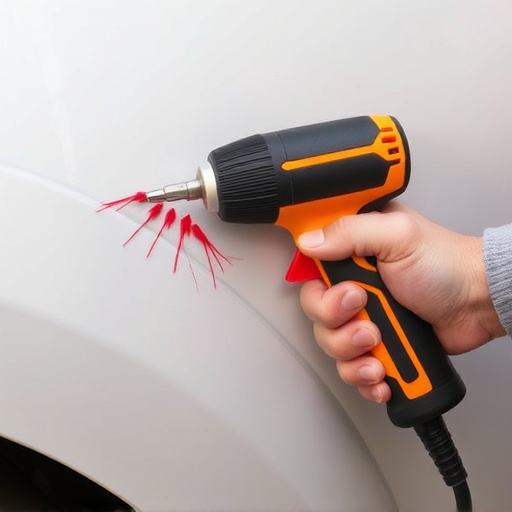
Tesla Drive Units are the brain behind the operation for Tesla vehicles, acting as the central control system that manages various functions including steering, acceleration, and braking. These advanced computer systems are integral to the vehicle’s performance, safety, and overall driving experience. A Tesla Drive Unit inspection is a critical step in post-repair verification, ensuring that all components are functioning optimally after any service or collision repair. This meticulous process involves checking hardware integrity, software updates, and connectivity, guaranteeing that the drive unit seamlessly integrates with other systems like auto glass repair and collision center services to deliver top-tier vehicle performance.
A thorough Tesla drive unit inspection goes beyond mere visual and basic operational checks. It includes sophisticated diagnostic tests to verify code readability, system calibrations, and communication protocols between the drive unit and other modules within the car, including those related to advanced driver assistance systems (ADAS) and autonomous driving capabilities. Ensuring these intricate connections are intact is vital for a safe and efficient vehicle operation, especially as Tesla continues to push boundaries in electric vehicle technology. This meticulous inspection process is carried out by skilled technicians at reputable car repair shops, who understand the nuanced requirements of maintaining Tesla’s cutting-edge drive units.
The Inspection Process: Step-by-Step Guide
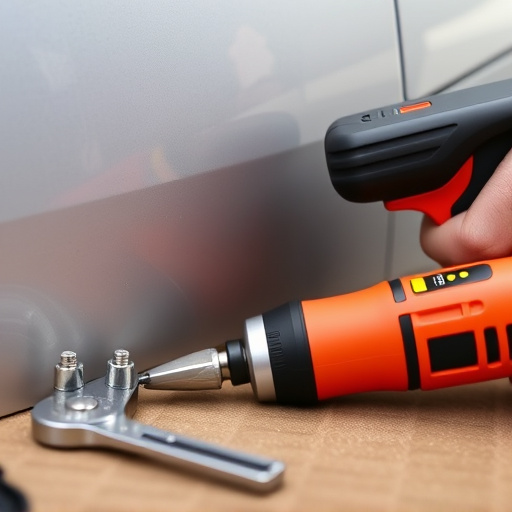
The Tesla drive unit inspection process is a meticulous procedure designed to ensure that the vehicle’s advanced driver-assistance systems (ADAS) function optimally after repair or collision. It involves several steps, each crucial in validating the system’s accuracy and reliability.
First, the technician begins by calibrating the camera and sensor angles, ensuring they are aligned correctly with the vehicle’s frame. This is a critical step as it directly impacts the performance of features like Autopilot and lane keeping. Next, they conduct a software update check, verifying that the drive unit is running the latest version of Tesla’s proprietary firmware. Following this, a series of diagnostic tests are performed to assess each component’s functionality, including radar, lidar, and GPS modules. These tests simulate real-world driving scenarios to confirm the system’s responsiveness and accuracy. Any anomalies detected during these checks are thoroughly documented and addressed before proceeding. Additionally, the technician might utilize specialized tools to cross-reference the vehicle’s sensor data with known reference points, ensuring precise mapping and localization. Finally, a road test is conducted to observe the ADAS systems in action, confirming their seamless integration and performance under dynamic conditions, effectively validating the post-repair state of the Tesla drive unit.
Post-Repair Verification: Ensuring Optimal Performance
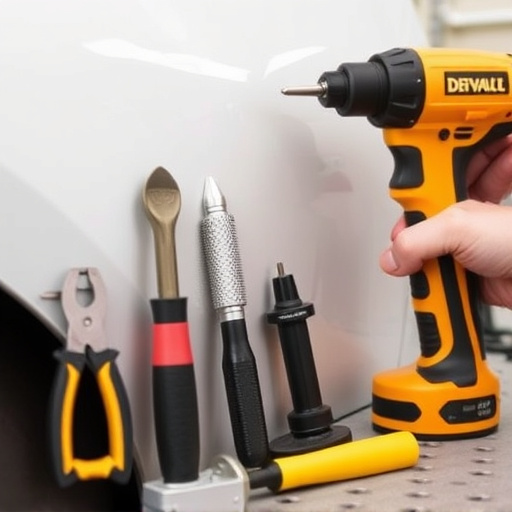
Post-repair verification is a critical step in ensuring that your Tesla’s drive unit functions at its optimal level after any maintenance or repair work. It’s akin to giving your vehicle a thorough health checkup, making sure every component is operating as it should. A comprehensive Tesla drive unit inspection post-repair involves rigorous testing of various systems, including the motor, power electronics, and control modules. This meticulous process helps identify any discrepancies that may have occurred during the repair process, ensuring the vehicle’s overall performance and safety.
During this verification stage, even minor issues like a dent repair, vehicle paint repair, or scratch repair can be caught early, preventing them from escalating. By implementing these checks, Tesla owners can rest assured that their vehicles are in peak condition, delivering both superior driving dynamics and peace of mind. This proactive approach not only extends the lifespan of your electric vehicle but also enhances its overall efficiency, making it a crucial aspect of responsible ownership in the ever-evolving world of electric mobility.
After delving into the intricacies of Tesla Drive Unit inspections, it’s clear that this meticulous process is a game-changer in ensuring optimal vehicle performance post-repair. By adhering to a structured step-by-step guide and performing thorough verification, technicians can navigate the complex landscape of electric vehicle diagnostics. This meticulous approach not only guarantees top-tier repairs but also enhances customer satisfaction, making Tesla drive unit inspections an indispensable practice in the world of automotive maintenance.
